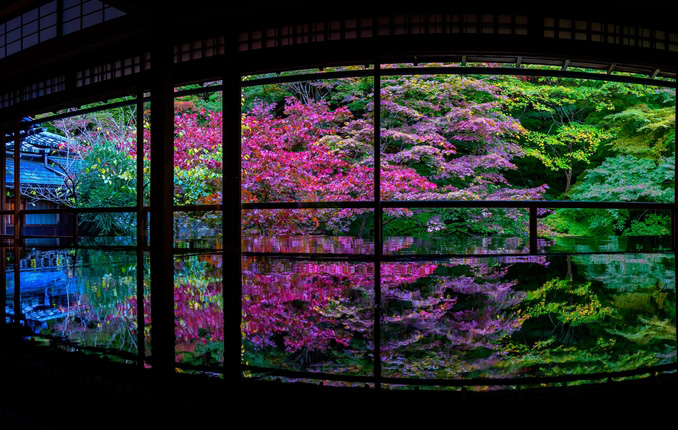
Biophilic design is an innovative approach in architecture that aims to connect building occupants more closely to nature. This design philosophy is based on the understanding that humans have an innate affinity towards nature, which can significantly enhance physical and mental well-being. In this article, we delve into the technical aspects of biophilic design principles, how they are applied in modern architecture, and the benefits they offer.
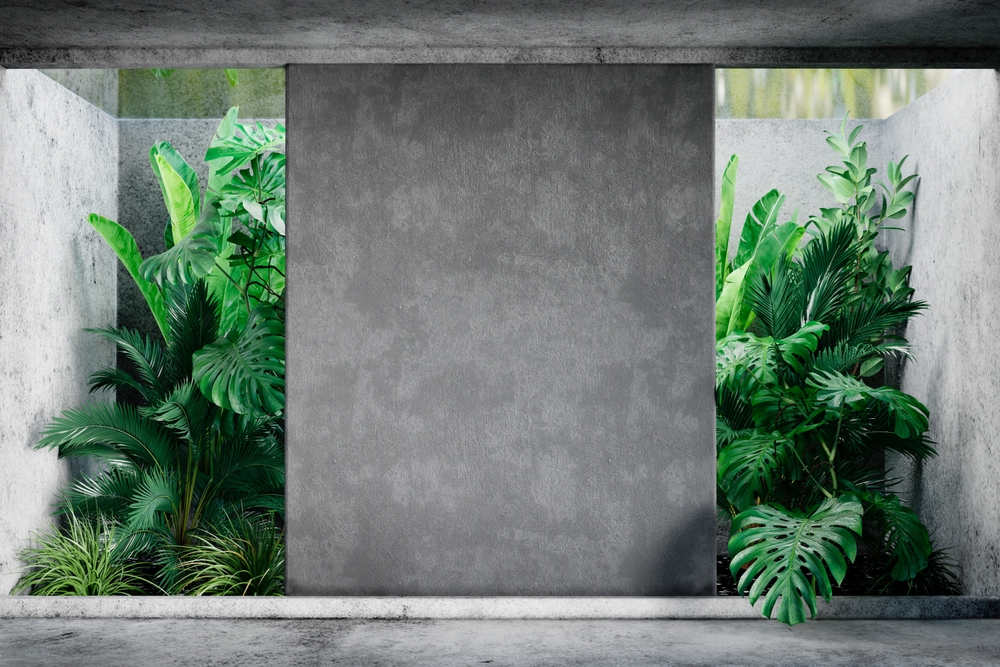
Fundamental Principles of Biophilic Design
Biophilic design revolves around several core principles that guide the integration of natural elements into the built environment.
Visual Connection with Nature: This principle involves incorporating direct, uninterrupted views of nature from within a building. Techniques include the use of large glass windows that overlook gardens or landscapes, skylights that bring in natural light, and the installation of living walls or vertical gardens within interiors.
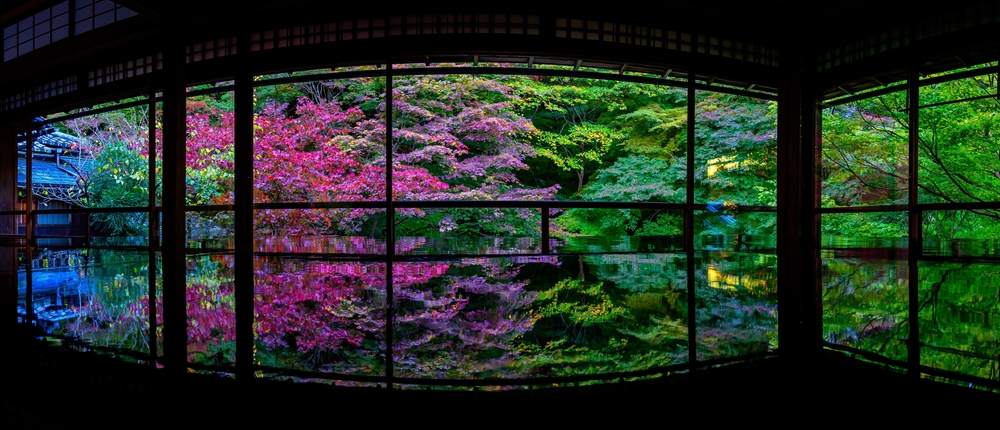
Non-Visual Connection with Nature: Beyond visual links, biophilic design emphasizes other sensory connections with nature, such as auditory, haptic, and olfactory. This can be achieved through water features that create soothing sounds, materials that mimic the textures of natural elements (like stone or wood), and the incorporation of natural fragrances through plantings or aromatherapy.
Material Connection with Nature: Utilizing materials that reflect the local ecology or geology helps to establish a connection with the area’s natural setting. This includes the use of sustainably sourced wood, stone, and fibers that not only bring natural textures and patterns indoors but also promote environmental sustainability.

Light and Space: Natural lighting is a critical aspect of biophilic design. Techniques to maximize light include the strategic placement of windows, skylights, and the use of reflective surfaces to disperse light more effectively throughout a space. Spatial configurations that mimic the open, organic forms found in nature can also create more liveable and comfortable environments.
Technical Applications in Modern Architecture
Biophilic design is applied through both macro and micro scales in architecture. On a macro scale, architects may design a building’s orientation and façade to maximize sunlight penetration and natural ventilation, reducing energy consumption and enhancing indoor environmental quality. On a micro scale, interior spaces are often designed with natural motifs, using biomorphic forms and patterns that evoke nature.
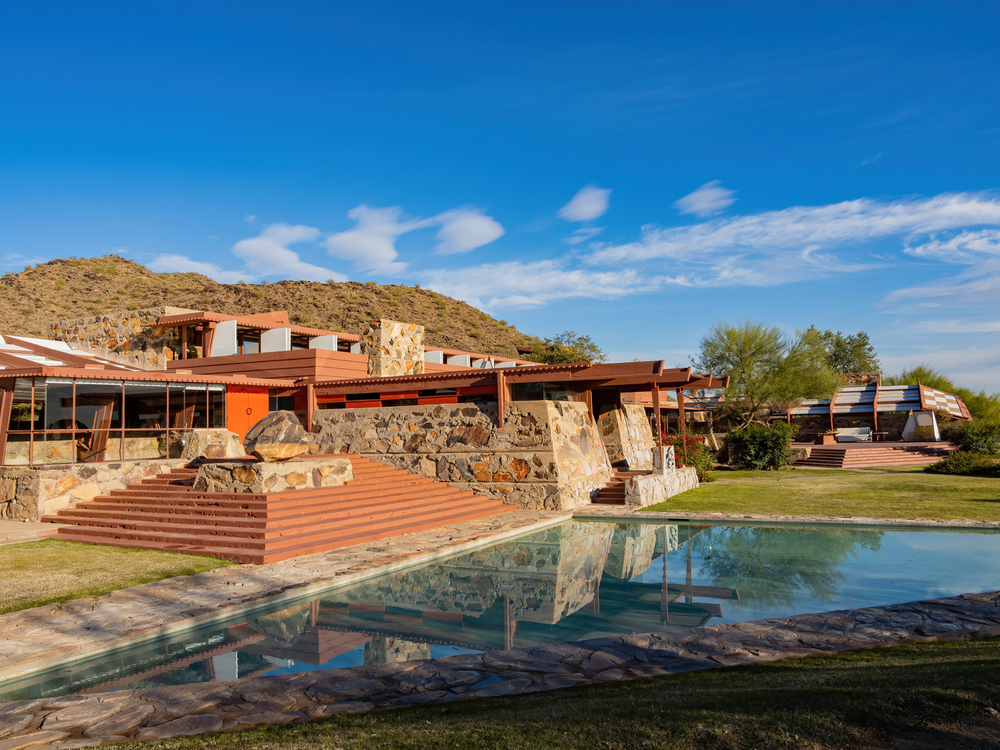
Advanced technologies also play a role in biophilic design. For example, sophisticated HVAC systems can be used to replicate natural ventilation patterns, and dynamic lighting systems that adjust color and intensity with the time of day to mimic natural light cycles, supporting the human circadian rhythm.
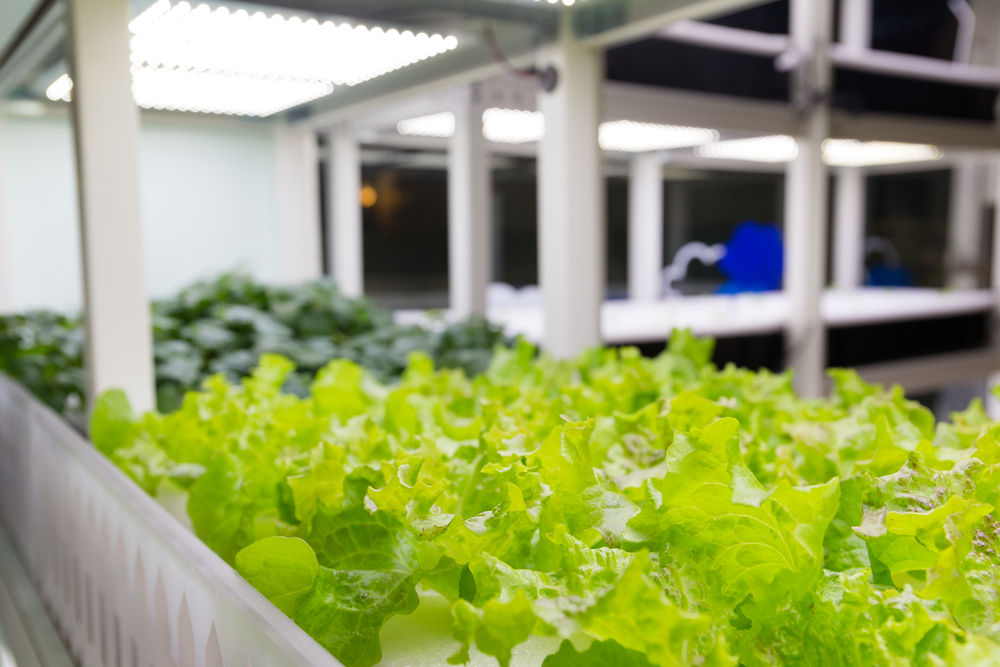
Benefits of Biophilic Design
The benefits of biophilic design are multifaceted, impacting both health and productivity. Studies have shown that incorporating natural elements into workplace design can reduce stress, enhance creativity, and improve cognitive function. In healthcare settings, patients exposed to nature-oriented designs tend to require less medication and experience quicker recoveries.
Moreover, biophilic design can contribute to energy efficiency. By optimizing natural light and improving air quality through vegetation, buildings can significantly reduce their reliance on artificial lighting and air conditioning, leading to lower energy consumption and reduced carbon footprints.
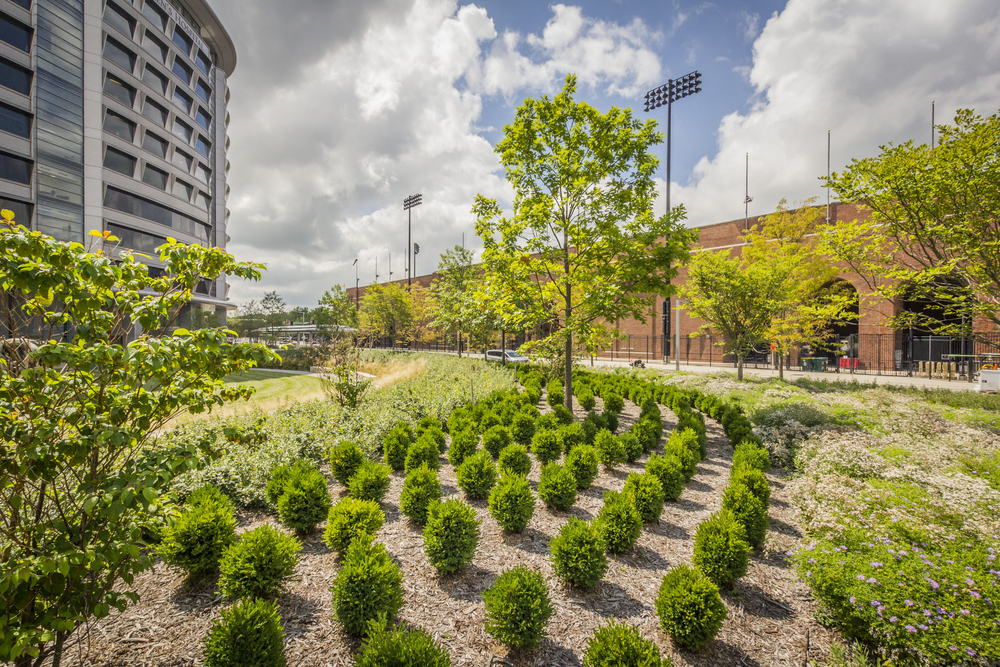
Biophilic design represents a conscious effort to harmonize architectural practices with the natural environment. It not only enhances the aesthetics of a building but also profoundly impacts the well-being of its occupants and the sustainability of the environment. As urban areas continue to expand, the principles of biophilic design offer a vital blueprint for creating more healthful, sustainable, and productive living and working environments.


